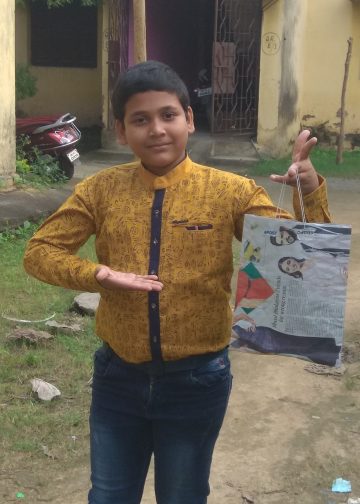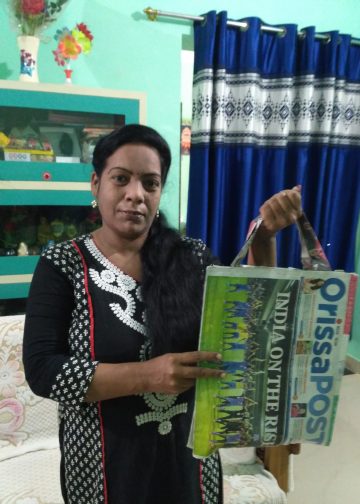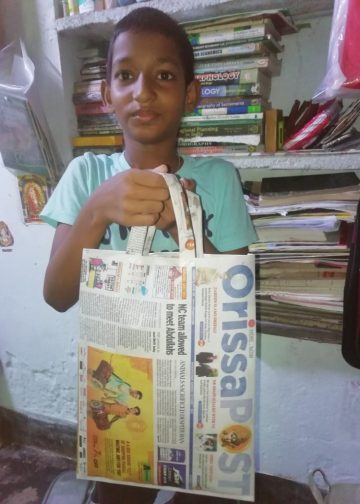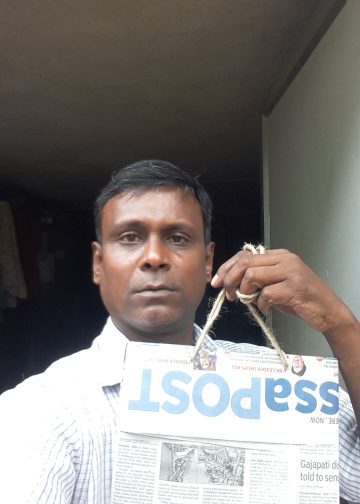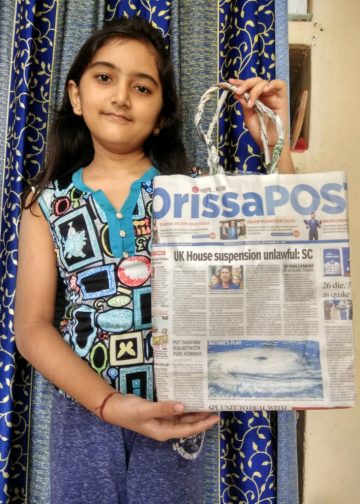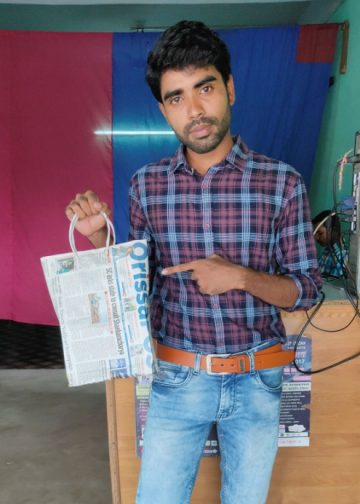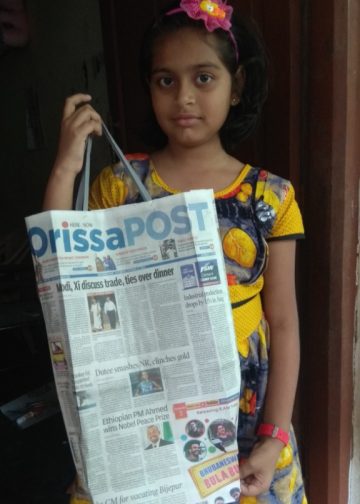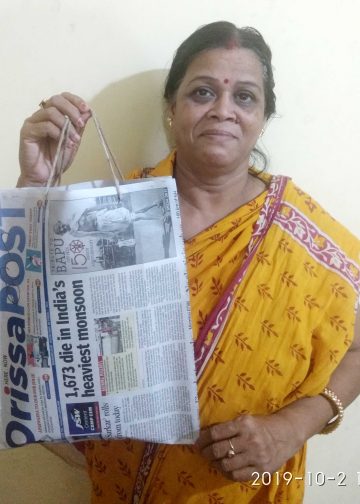IANS
Kolkata, June 1: Over three decades after the horrific Bhopal gas tragedy, there are still unmet eye-care needs among the survivors of the catastrophe, considered the world’s worst industrial disaster, say experts.
“Some of these needs are similar to those elsewhere in India (e.g., uncorrected refractive error and cataract), but there are also needs unique to this cohort (e.g., dry eye-like symptoms) that have persisted long after the disaster,” optometrist Prem Nandhini Satgunam said.
An estimated 26-40 tonnes of methyl isocyanate (MIC) gas leaked from the Union Carbide plant in Bhopal December 3, 1984, killing at least 3,000 people within 72 hours, and causing long-term morbidity and mortality among many of the estimated 569,000 people exposed to the gas.
Complaints related to vision or eyesight, such as burning and watering, were predominant among the survivors soon after the gas disaster. “There was a paper that came out soon after the disaster in Lancet on the long-term health effects of the exposure. Till up to 1992, long-term vision changes were documented in an Indian Council for Medical Research (ICMR) report. But the interest sort of died down after that,” she said.
So in March 2012, a long 28 years after the disaster, Satgunam and Leonid Chindelevitch, who had then completed their studies in the US, conducted a non-invasive vision screening for disaster survivors in Bhopal.
The duo, part of the MIT (Massachusetts Institute of Technology) student chapter of “Students for Bhopal”, visited a local community clinic set up by a trust after the gas disaster.
This clinic treats disaster survivors free of charge and offers both Ayurvedic and Western medicine for a variety of health conditions. “So we announced that whoever was interested in a screening could avail themselves of the vision screening service. As many as 59 patients enrolled and a majority of the patients in our sample were women over 40 years,” Satgunam said. The researchers analysed the results from 48 patients who had a documented history of gas exposure.
The commonly reported symptoms were vision difficulties (in about 30 of those screened), watering (in 21 patients) while as many as 16 reported headaches. “Thirty patients needed spectacles, 30 had cataracts and 17 had pinguecula,” says the study published in May in Current Science.
A pinguecula is a common type of conjunctival degeneration in the eye.










